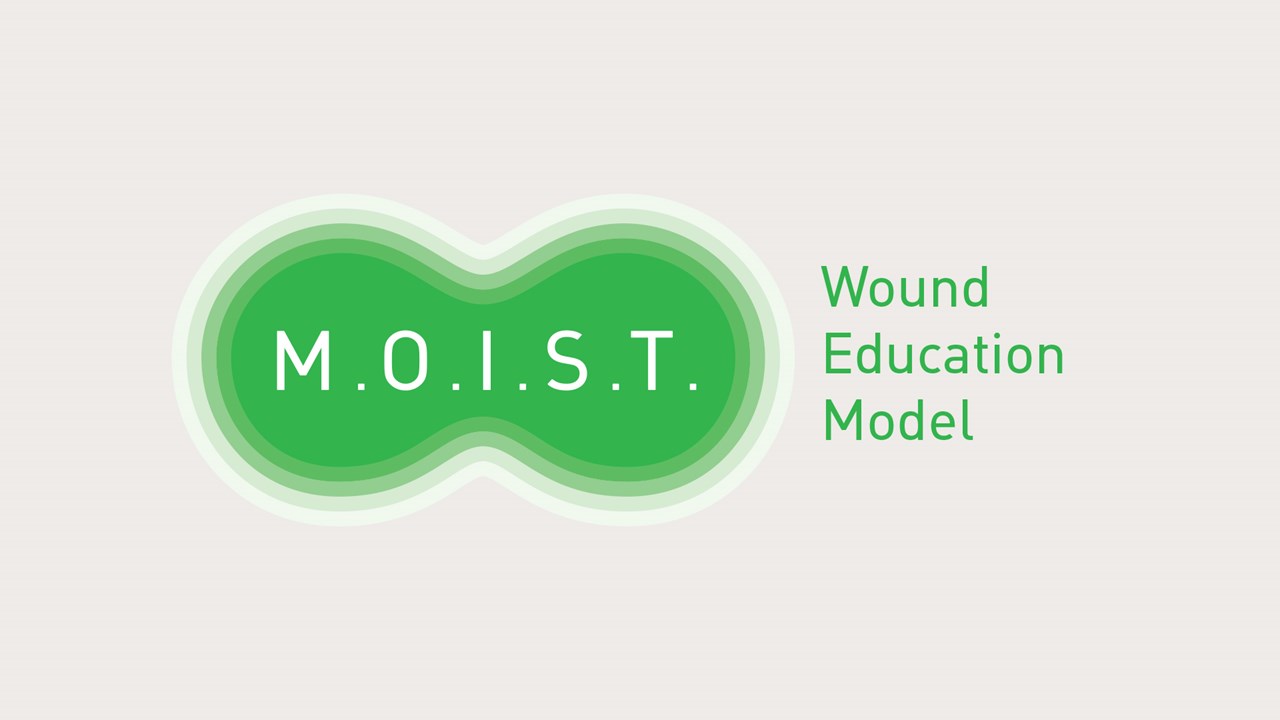
M.O.I.S.T. is an educational model to help healthcare practitioners feel confident in making well-balanced, independent decisions in the topical treatment of chronic wounds, as well as improving the care that their patients receive.
The M.O.I.S.T. concept acts as a reference tool to help healthcare practitioners take a systematic, balanced approach to the topical treatment of chronic wounds. It can be used an actionable reference tool for wound care specialists to share with their colleagues to educate on best-practice, and feel more confident in treatments they choose. It should be used in conjunction with supporting therapies, such as compression and off-loading.
It presents a set of five factors for any healthcare practitioner to consider and balance when working out the right course of action and topical treatment for a patient’s chronic wound. Together the factors spell out a memorable acronym related to wound care M.O.I.S.T. but they are not sequential steps and can be considered in the order the healthcare practitioner decides is most appropriate based on the wound and patient being treated.
How it has been developed?
M.O.I.S.T. concept was developed independently by leading wound care researchers and practitioners at Wund-DACH (the umbrella organisation of German-speaking wound healing societies). It extends current wound care best-practice, from the well-established TIME wound assessment protocol. In addition to considerations of Tissue management, Infection control and Moisture balance, the extended framework brings attention to two important contributing factors to wound healing: Oxygen and the importance of restoring Oxygen balance in the wound and allowing for the application of novel therapies to rebalance conditions in the wound and Support healing.
Who is it for?
For all wound care specialists and generalists taking care of patients with chronic wounds. The M.O.I.S.T. system offers a balanced and structured way to consider and treat all types of chronic wounds for different patients.
Good for patients: puts them at the centre of their own care, by helping their clinicians and carers consider the full range of factors which influence their wound healing.
Good for healthcare practitioners: reflects up-to-date clinical best-practice and provides a shared framework to improve continuity of care and patient outcomes.
Good for healthcare systems: encourages evidence-based treatment protocols and more effective product choices.
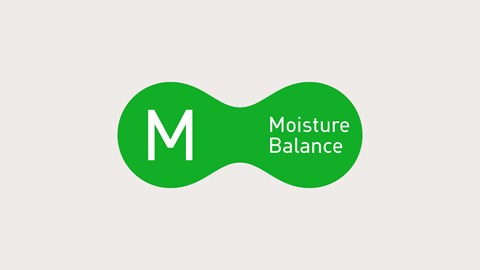
Moisture balance
Achieve the optimal moisture balanceA wound that is too dry or too wet can prevent healing. Therefore it is important moisture balance is adjusted to create an equilibrium of moisture in the wound.
There is a range of dressings which preserve moisture level or absorb excessive exudate to reach an optimal moisture balance.
Treatment options include:
- Wound gels to add moisture
- Alginates, hydrofibers, foams and superabsorbers absorb exudate and other fluids
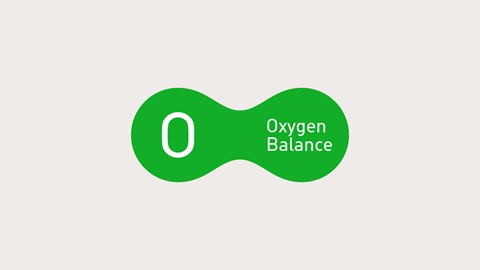
Oxygen balance
Oxygen deficiency can have a negative impact on many chronic woundsIt is recognised that oxygen aids the body’s metabolic processes, including the complex process of wound healing. Oxygen deficiency can have a negative impact on many chronic wounds.
Restoring oxygen to the correct level is a critical element to support all phases of healing.
Treatment options include:
- Haemoglobin spray, hyperbaric or normobaric oxygenation
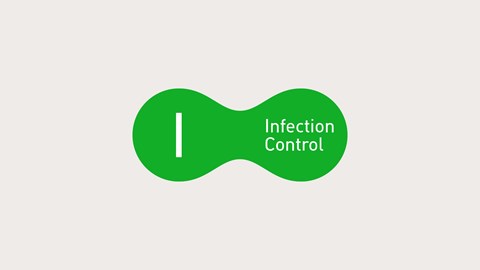
Infection Control
Manage infection riskInfection is as an ever-present risk and serious potential complication of chronic wounds. It causes patients additional pain and discomfort, can delay wound healing and lead to hospital re-admittance.
Constant vigilance can help prevent infection and early intervention may stop problems from escalating. Multi-resistant pathogens can be eliminated and local infections managed with topical antiseptics or antimicrobial dressings.
Treatment options include:
- Antiseptics, medicinal honey, Dialkylcarbomoyl chloride (DACC)- coated dressings, silver coated dressings
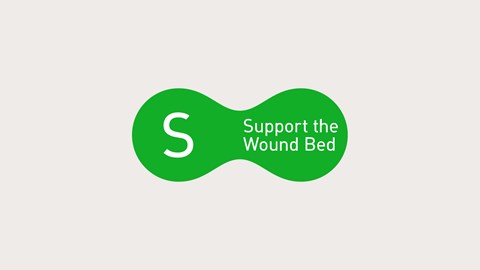
Support
Re-balance conditions within the wound to stimulate healingWhen the treatment of problematic wounds do not heal as expected, strategies to rebalance the environment inside the wound bed can get healing back on track.
A range of therapeutic and treatment choices are available to stimulate healing:
- Control and bind excessive MMPs, optimise pH conditions, protect growth factors, control pro-inflammatory mediators, collagen dressings
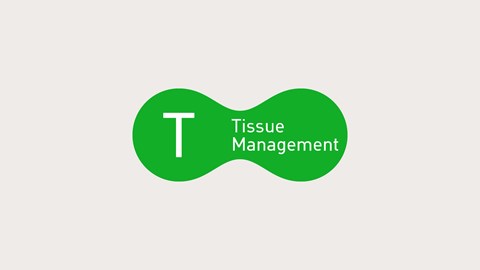
Tissue Management
Clean and prepare the wound bedA healthy wound bed is essential to the wound healing process. Cleaning and preparing the wound bed by removing dead cells and tissue canbe achieved through different types of debridement.
Specialised dressings or physical therapies like negative pressure wound therapy, electrical stimulation or ultrasound can enhance the effects of debridement.
Treatment options include:
- Cleanse the wound with normal saline (9%); Ringer’s solution; preserved solution
- Debride the wound through autolytic, biosurgical, surgical, enzymatic and mechanical methods and therapies





